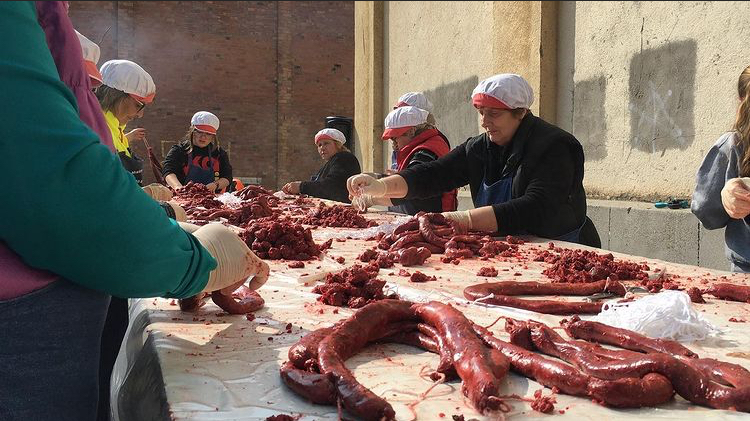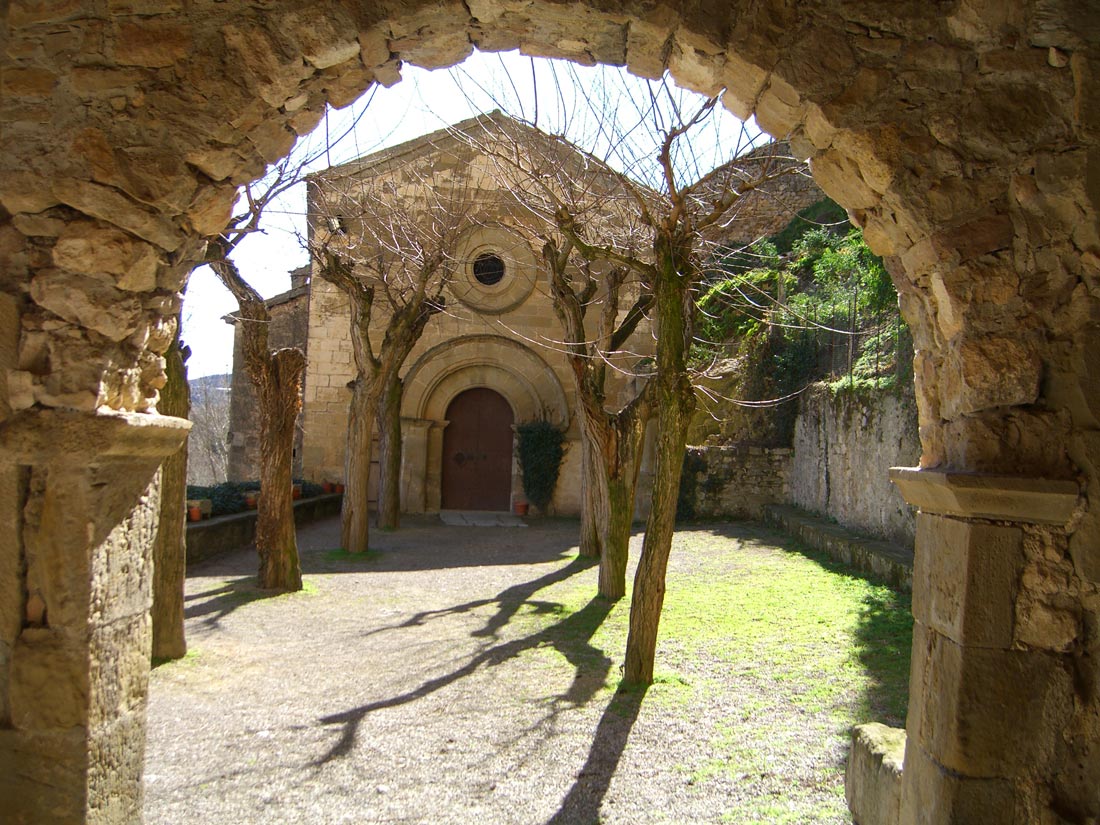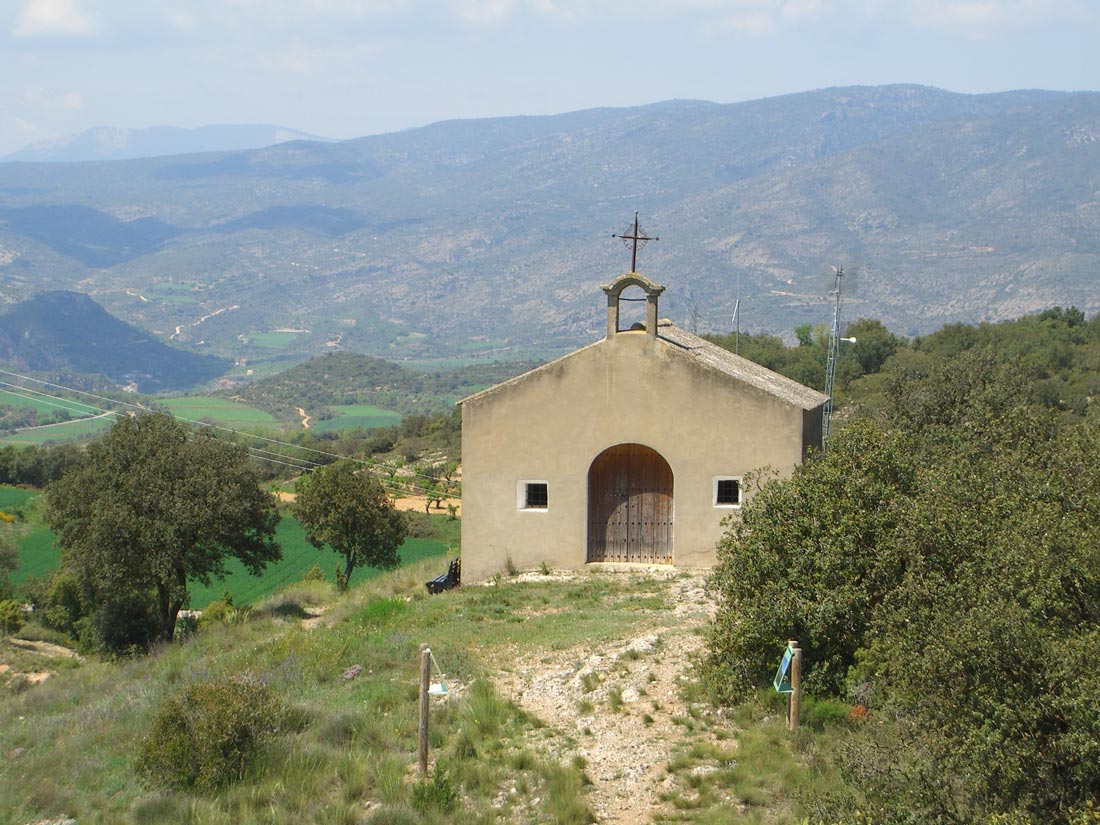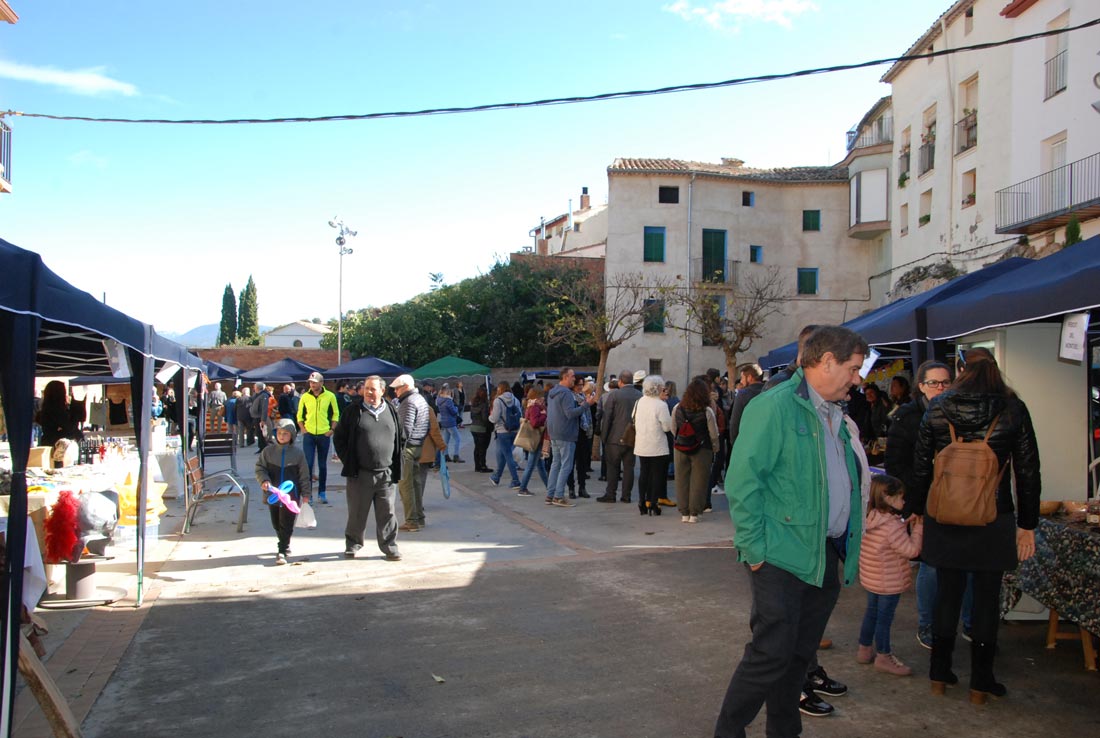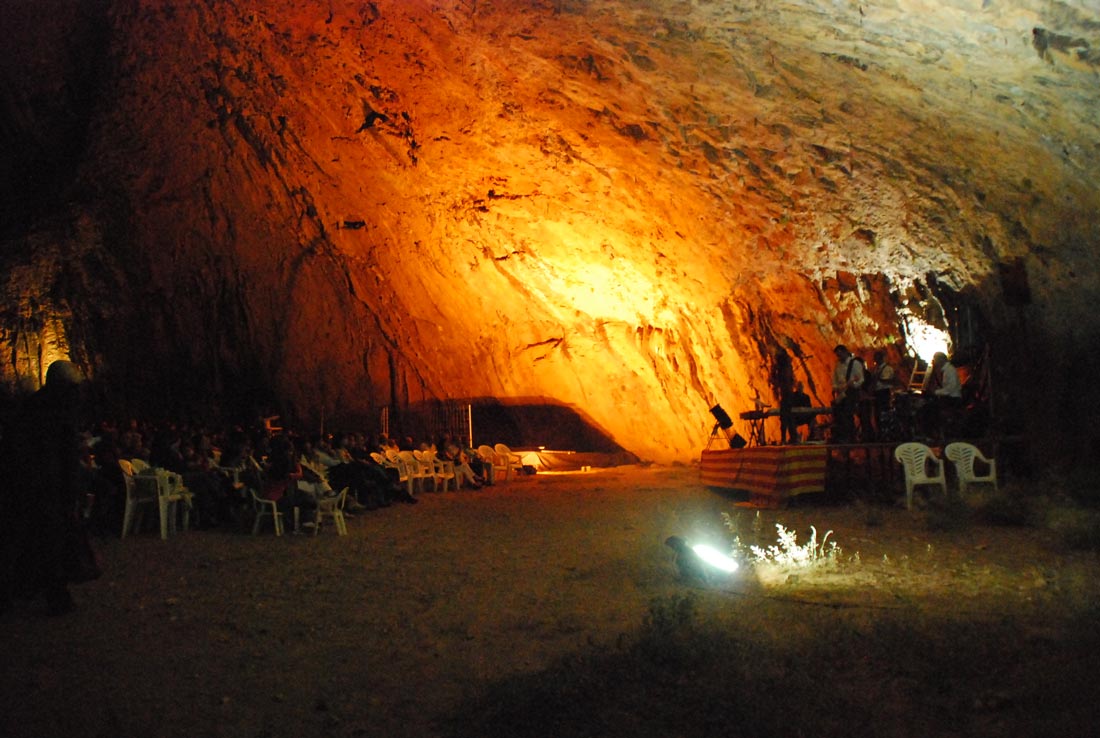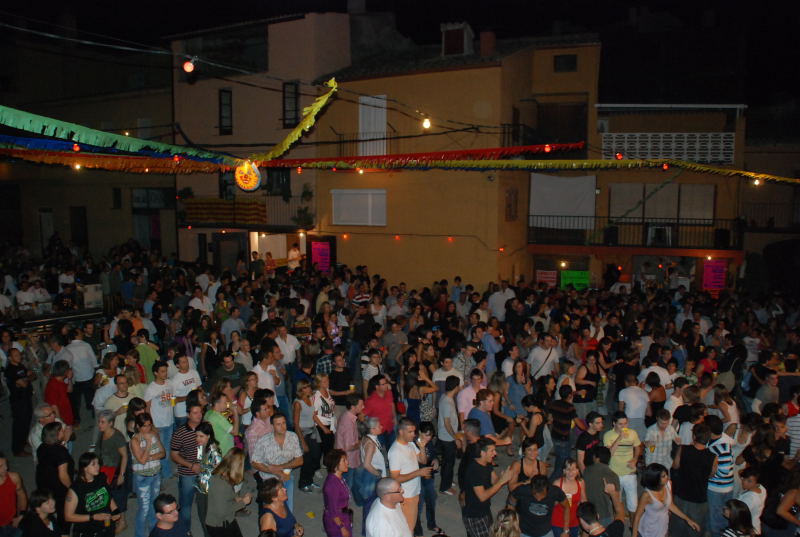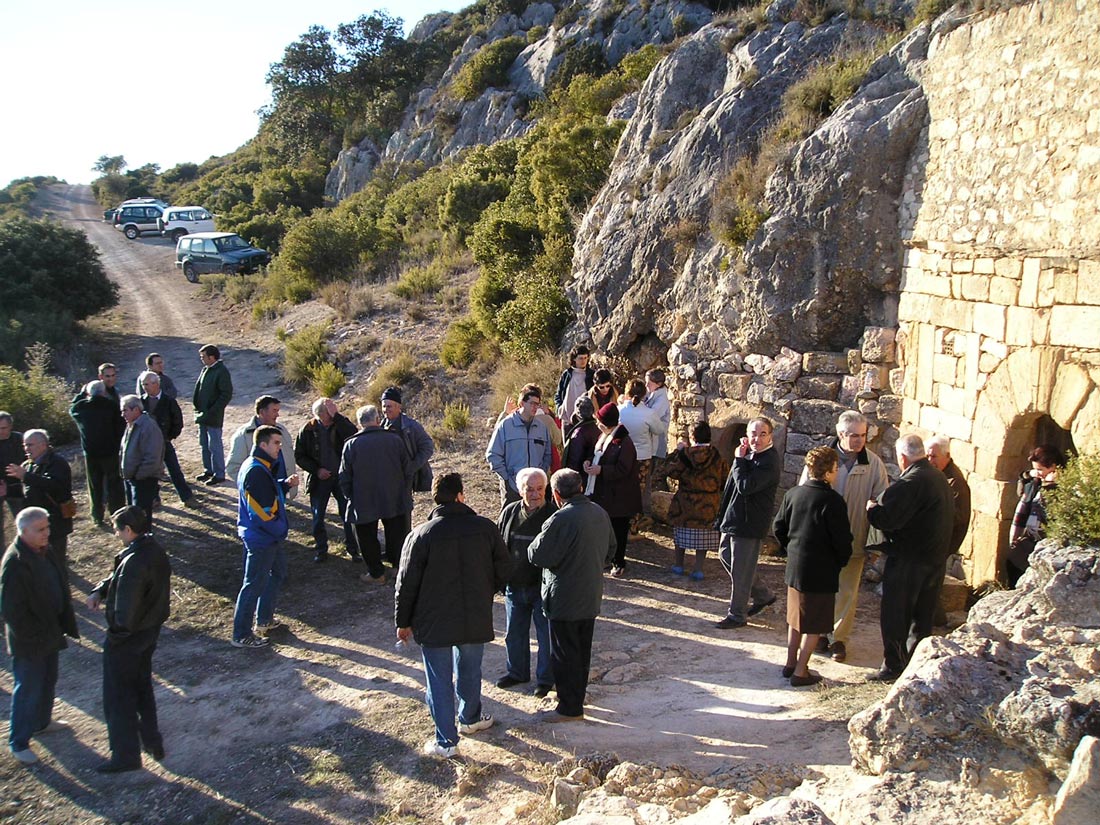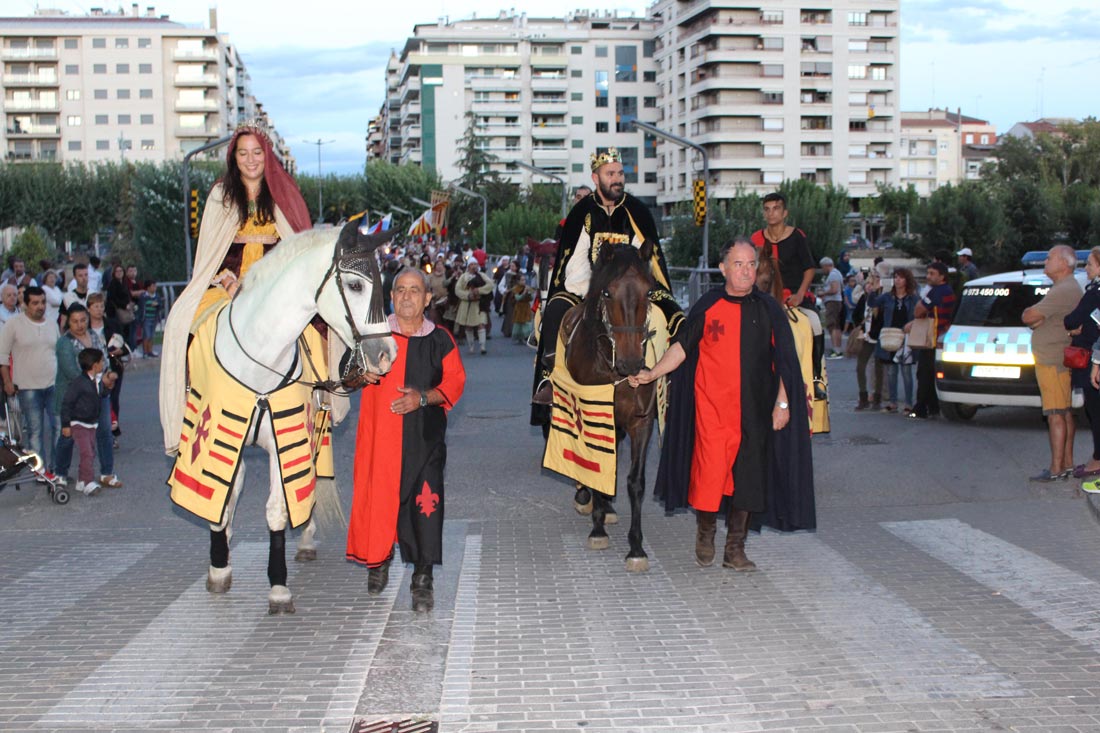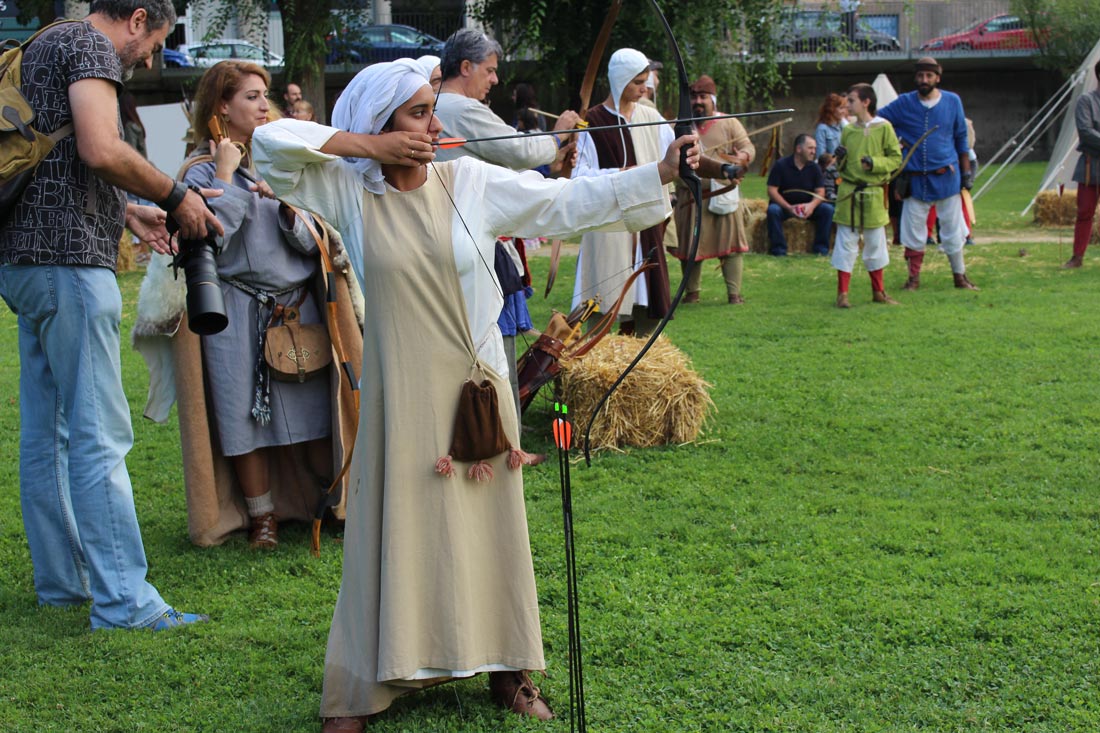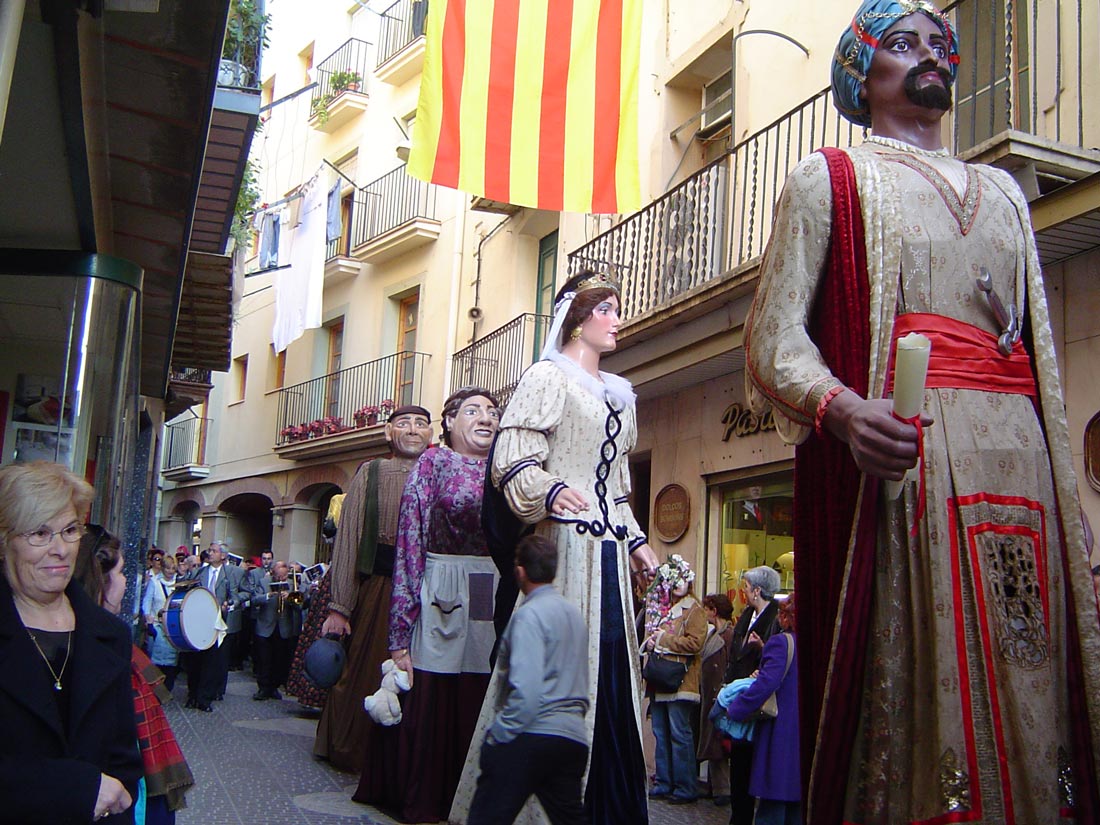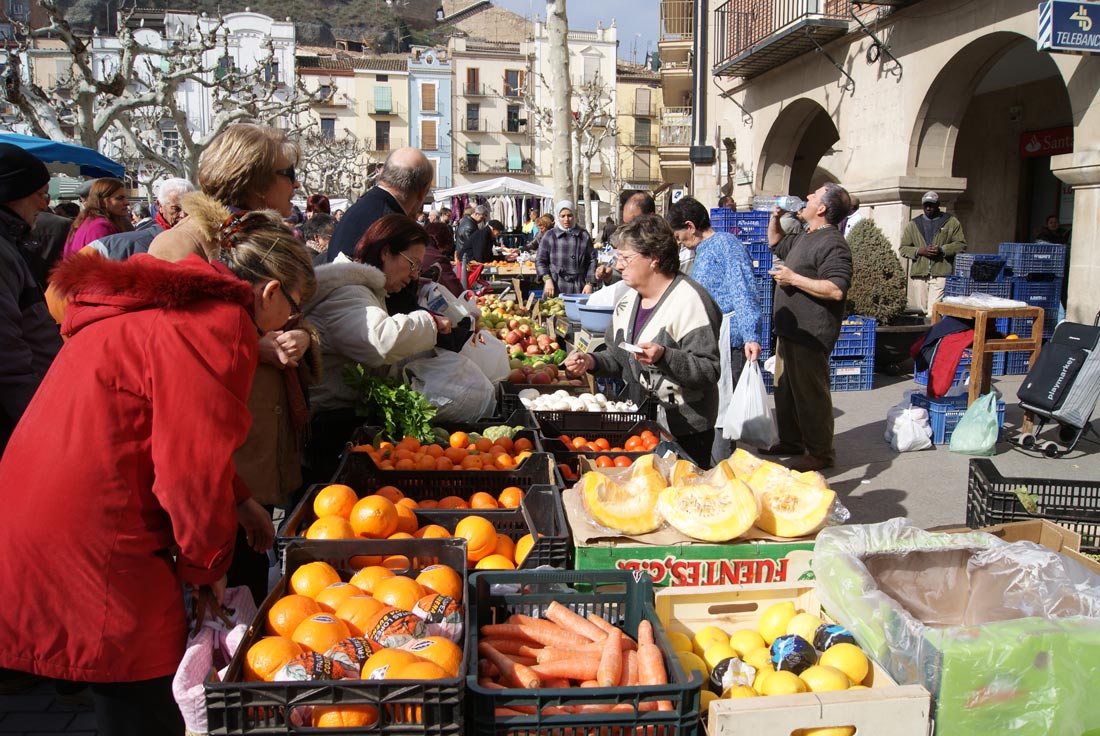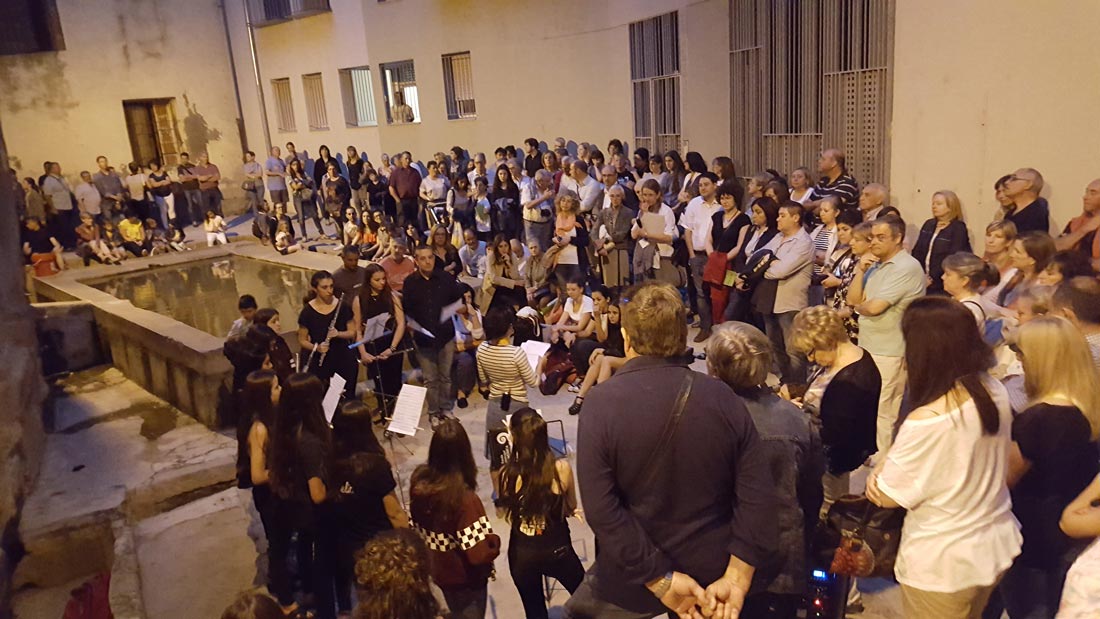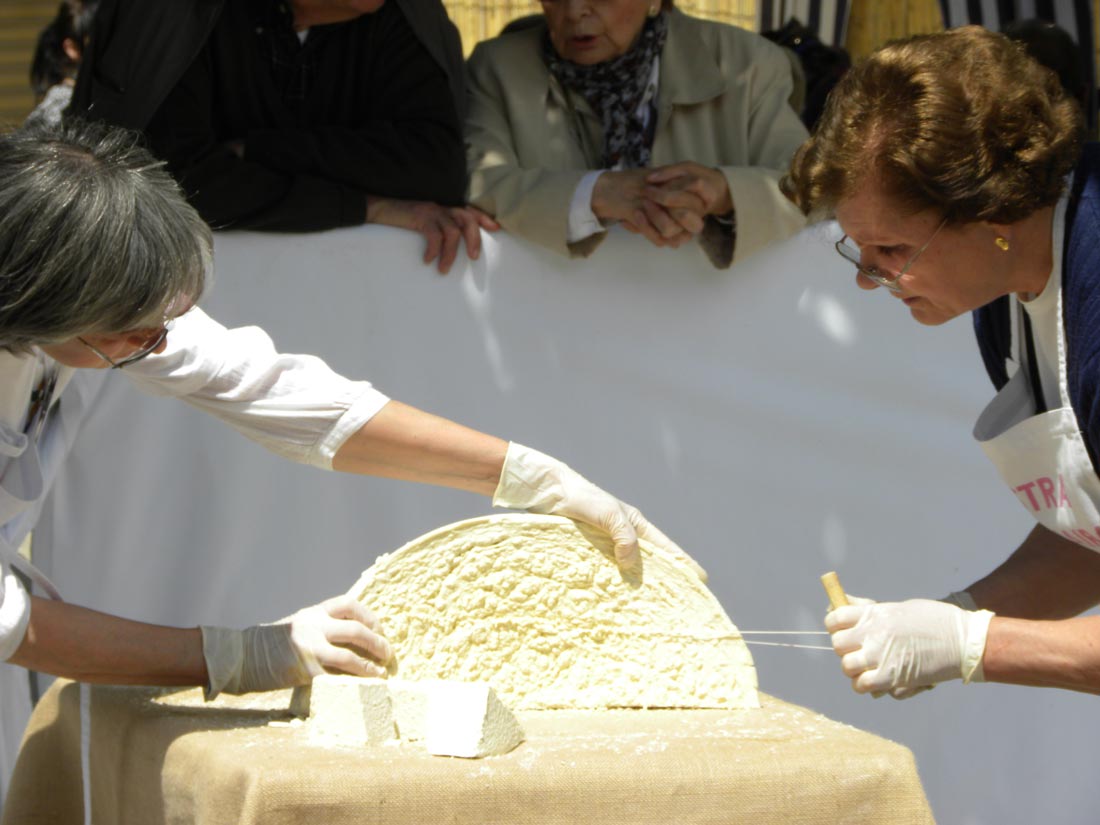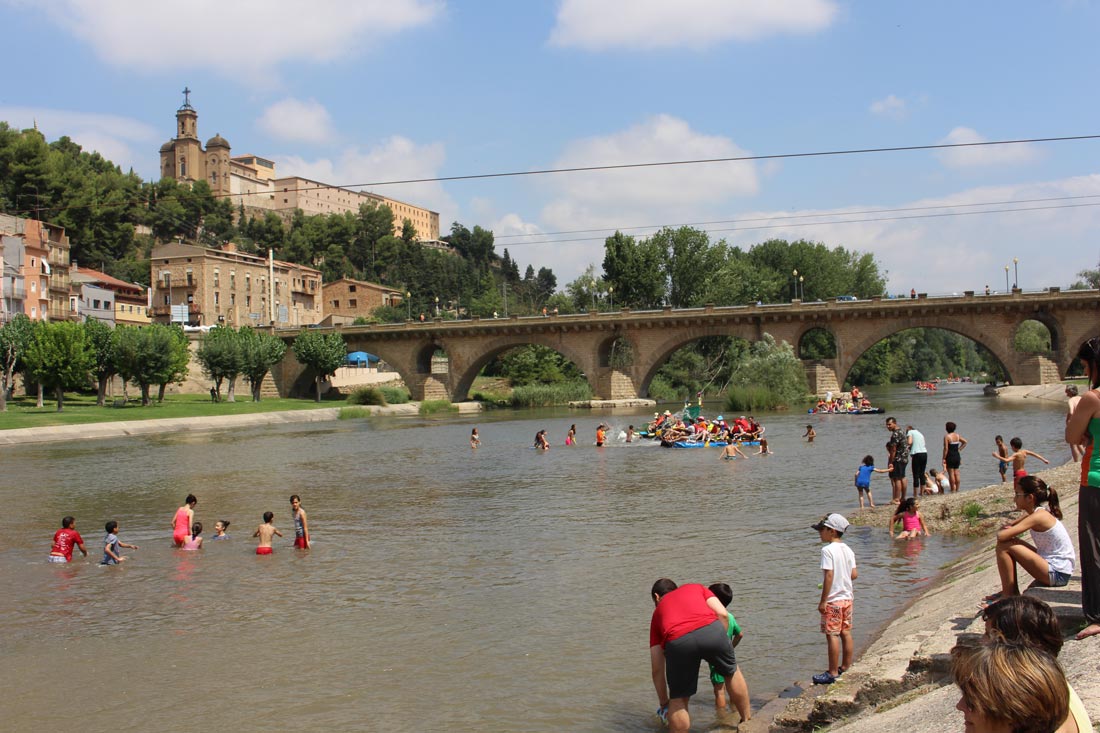INTANGIBLE CULTURAL HERITAGE OF THE PYRENEES AND THE LANDS OF LLEIDA
LA NOGUERA
SO MANY PLACES FULL OF CHARACTER
A visit to La Noguera will definitely leave visitors with a feeling of being in a world apart. This vast comarca (local district) is a surprising land of contrasts: on the one hand it offers adrenaline-inducing adventures, whilst on the other it is a haven of tranquillity. This is a land of deep-rooted traditions that have been handed down by the padrins (older generations); it is also a recognised destination for stargazers and astronomers. In the villages that line every mountain trek and in the gorges at the foothills of the Pyrenees, a very special experience awaits everyone who visits La Noguera.
The journey
La Noguera has long been home to a significant livestock and crop farming tradition. Travelling through its villages and their surrounding areas reveals an abundance of farmland and homesteads that continue to employ a number of age-old practices. During the carnival celebrations at Artesa de Segre many visitors are exposed to this traditional way of life at the matança del porc (killing of the pig). This is a unique way of getting to know, at first-hand, where food actually comes from. In workshops scattered throughout the comarca, traditional craftsmanship persists, with the making of objects such as pitchforks from the branches of the hawthorn trees of Alentorn, which are subsequently crafted at Artesa. There, visitors will discover a world which they believed could only exist in museums. The Fira de Sant Bartomeu (Fair of Saint Bartholomew), which is celebrated at the end of August, brings together families and producers from the world of agriculture in an event that is a reflection of life in the comarca and which provides a window onto a world that is well-worth exploring.
Visitors should then continue their journey through what is a surprising land which is proud of its past. At the Romiatge de Salgar (Pilgrimage to Salgar), which takes place on the second Sunday after Easter, the residents of Foradada devote the day to the Mare de Déu del Carme (Our Lady of Mount Carmen). As tradition demands, this is accompanied by eating coca (sweet bread), drinking mistela (sweet white wine), and singing goigs (religious songs). On 25th May, similar celebrations and rituals are observed in honour of Sant Urbà (St Urban). The Via Crucis de Rubió del Mig (the Stations of the Cross at Rubió del Mig) completes the calendar of village events. People from all around flock to the village on Good Friday to climb the Serra del Calvari (Calvary Hill). Then, on Easter Monday, they gather again to enjoy the festivities at the Aplec de Dilluns de Pasqua (Easter Monday Gathering) of Salgar. However, travellers should be cautious when they go to Foradada: according to legend, those who pass under the perforated rock carrying a bucket of water may change sex! Tales like this are important in a comarca that is so passionate about its history and will help visitors to understand the intangible heritage that can be found in every corner of the territory. At Sentiu de Sió, visitors can immerse themselves in all the excitement that surrounds the celebrations of the Mare de Déu d’Agost (Assumption of the Virgin Mary). Visitors are also welcome to join the villagers in the festive atmosphere of the traditional pilgrimage walk, the celebrations held on the eve of the festival, and the mass and breakfast that follow on 15th August. Visitors will also be assured of a warm welcome at the Festa Major de Sant Miquel (St Michael’s Day Festival) at the end of September. This offers a full programme of events and, once every four years, includes a special tribute to the village’s older residents: those over 80 years old. La Noguera is full of activities and festivals that celebrate its past. At Les Avellanes, at the end of October, the Fira de la Sal (Salt Fair) will turn the streets and squares into educational centres, where people can learn more about this mineral, which was once as valuable as gold and an important source of income. A journey through this part of the comarca includes a memorable concert in the soothing atmosphere of the Cova Gran (Great Cave), where the music resonates off the walls, surrounding and engulfing visitors with sound.
Viacrucis (Stations of the Cross) of Rubió del Mig,
Good Friday.
Caminada i vetlla (Pilgrimage and vigil) of Sentiu de Sió,
and Mare de Déu d’Agost (Assumption of the Virgin Mary), August.
Festa Major de Sant Miquel (Festival of St Michael) of Sentiu de Sió, end of September.
Festa Major (Main Festival) of Santa Linya,
end of August.
La Noguera celebrates its traditions in boisterous festive style. In Balaguer, visitors can take part in a joyful day with lively rhythms at the Dansa del Galop (Gallop Dance), which is an inheritance from the age-old Fira dels Enamorats: a courting and matchmaking festival. Today, this dance is associated with the Festa Medieval de l’Harpia (Medieval Harpy Festival). Parades, street performers, market stalls, craft fairs and all the usual festive paraphernalia seem to transport the capital of the comarca back in time. Under the arches of the Plaça Mercadal, it is possible to drink in the atmosphere of the taverns as the whole town seems to go back to the Middle Ages. As at its weekly Saturday markets, the main square in Balaguer is where the best and most enjoyable events and performances are held. In November, for the Festa del Sant Crist (Festival of the Basilica of the Holy Christ), the whole town celebrates its patron saint at another lively festival, full of dancing and feasting. Run by volunteers and with the collaboration of local businesses and other entities, a substantial programme of events accompanies the usual Festa Major fare. Any visit to the capital of the comarca should also include a Nit de Llegendes (Night of Legends) tour. These are available at the beginning of the summer and they are an ideal way for visitors to discover the town’s legendary past as they roam through the narrow streets and passageways of its historic centre. Those who enjoy magical experiences will certainly like Montgai Màgic (the Mongai magic festival), which is a four-day event in which the streets abound with artists performing their tricks. It is held in October, when this village basks in an atmosphere of excitement and activity.
Dansa del Galop de la Festa Medieval de l’Harpia (Gallop Dance at the Medieval Harpy Festival),
at Balaguer, in September.
Festa del Sant Crist de Balaguer (Festival of the Basilica of the Holy Christ),
at Balaguer, on around 9th November.
